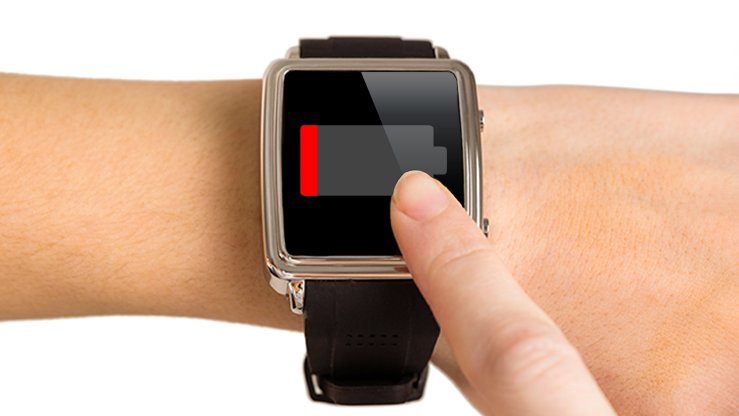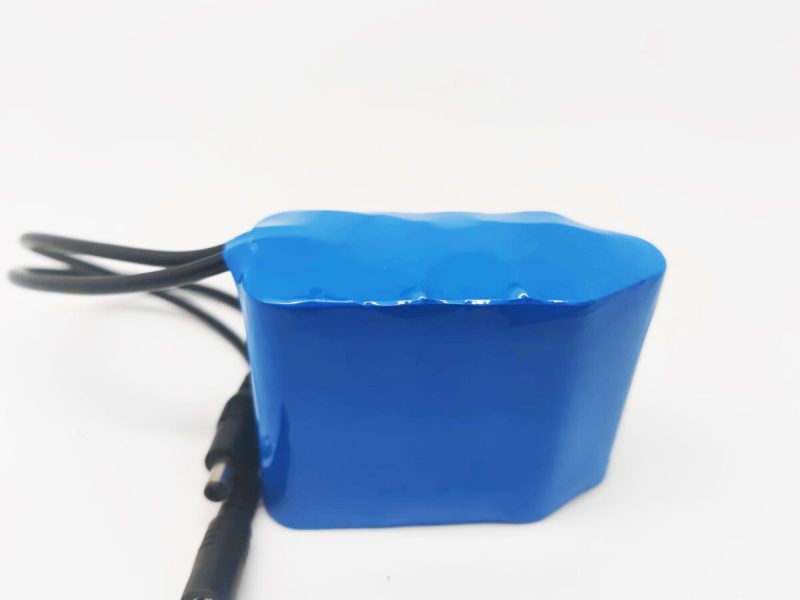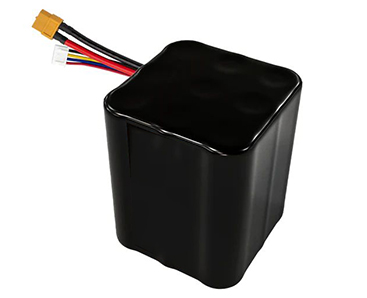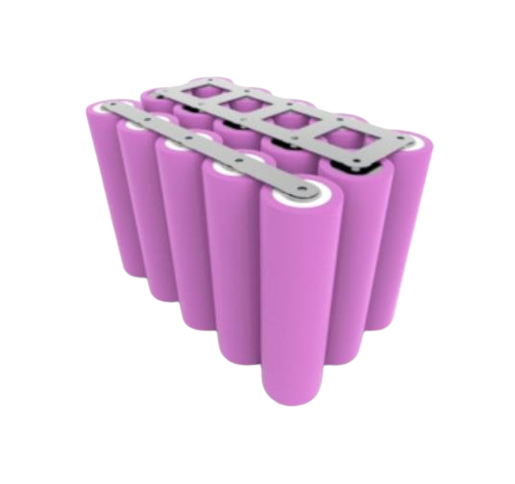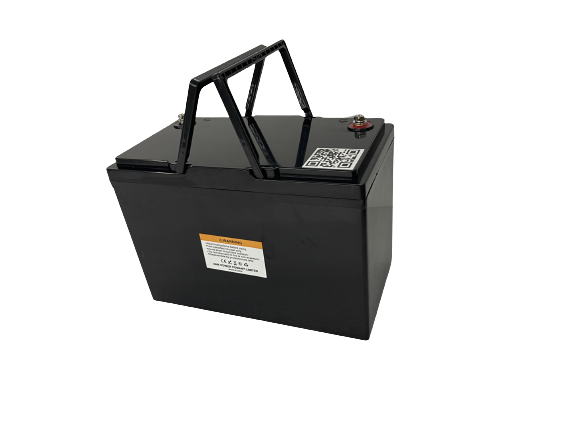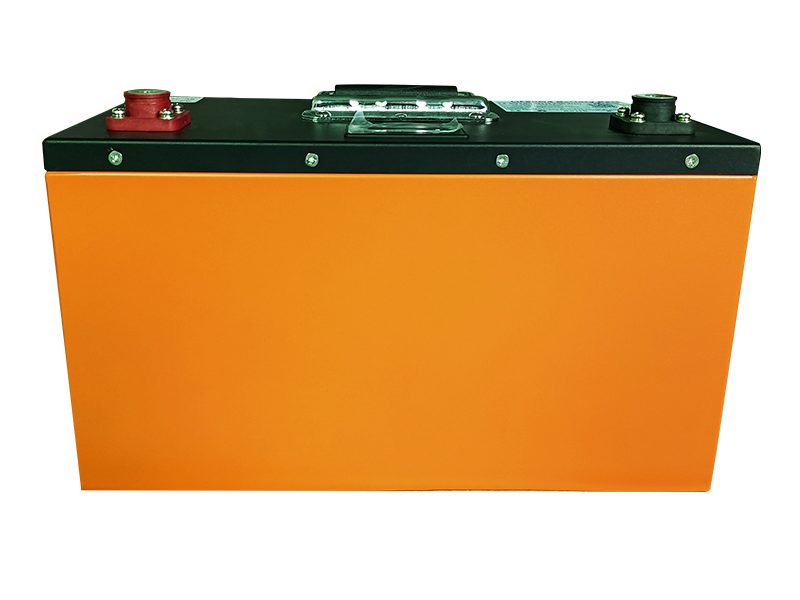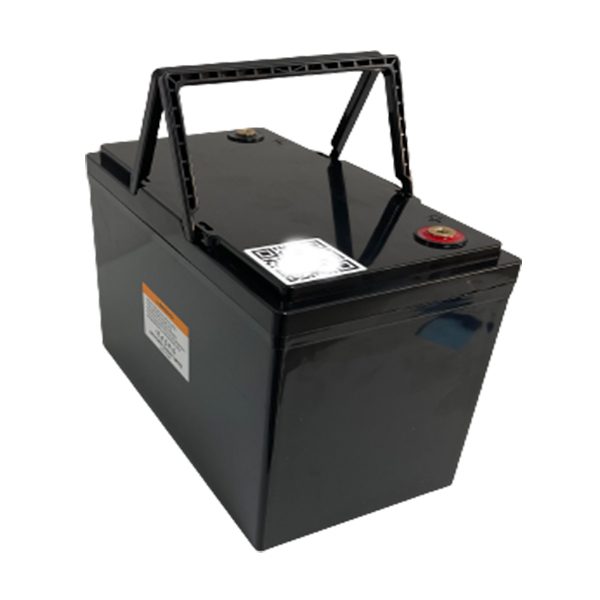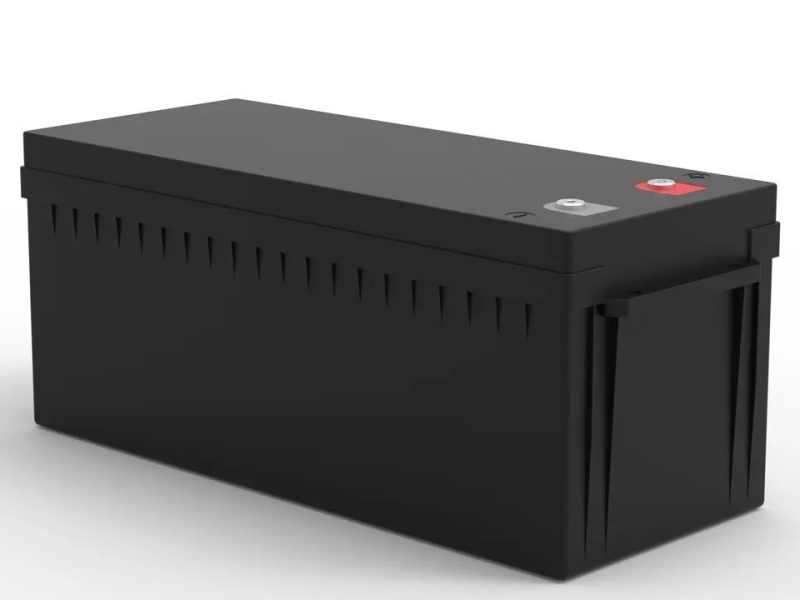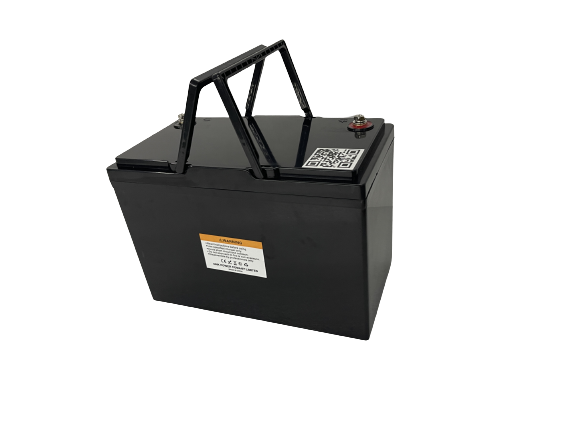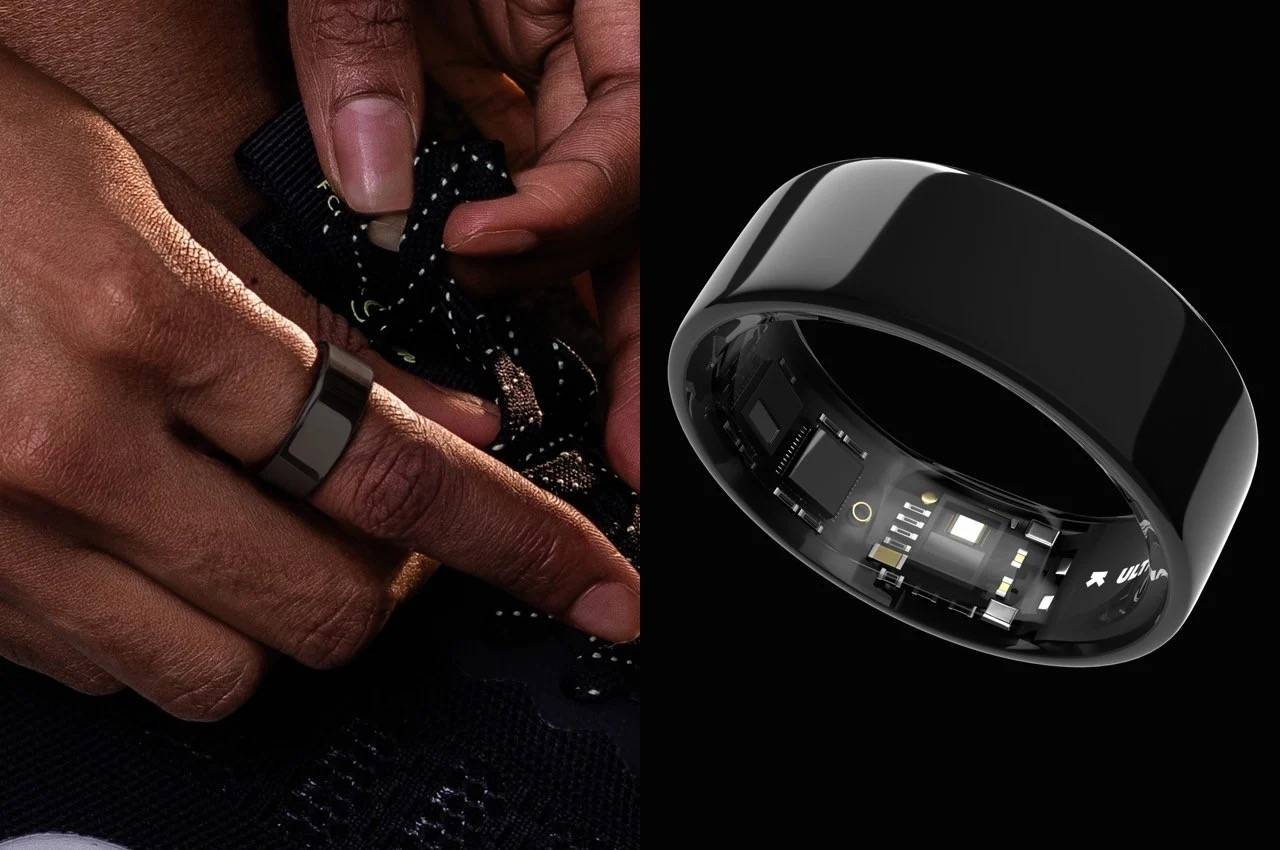
Smart Ring Battery
Vade Battery’s ultra-thin, flexible wearable batteries deliver industry-leading energy density while maintaining compact form factors, making them ideal for smartwatches, fitness trackers, and medical wearables that demand reliable, long-lasting power without compromising device design or user comfort. Our custom lithium polymer solutions specifically engineered for wearable applications combine lightweight construction with enhanced safety features, providing the perfect balance of performance and durability that today’s connected consumers expect.
Wearable device batteries face unique engineering challenges, requiring minimal size and weight while delivering maximum energy capacity to support extended usage periods. These specialized power solutions must balance compact dimensions with optimal performance, as research by IDC and GMI consistently identifies battery life as consumers’ primary consideration when purchasing wearable technology.
Why Lithium Batteries Excel in Wearable Applications
Lithium-based batteries have become the definitive power source for wearable technology due to several critical advantages that directly address wearable device requirements:
Superior Energy Density: Lithium batteries pack significantly more power into smaller, lighter packages, allowing engineers to design sleeker wearables without sacrificing operating time.
Higher Voltage Output: At 3.7V compared to just 1.2V for nickel-based alternatives, lithium batteries require fewer cells to achieve desired power levels, contributing to more compact and lightweight designs.
Minimal Self-Discharge: With self-discharge rates around 2% monthly versus up to 5% daily for nickel-based batteries, lithium solutions maintain charge longer during periods of non-use, enhancing reliability and user experience.
Optimizing Charging Systems for Wearable Batteries
Proper charging methodology significantly impacts both safety and long-term battery performance in wearable applications:
Constant Current/Constant Voltage (CC/CV) Protocol
The optimal charging process for wearable lithium batteries follows a precise two-stage approach:
- Initial CC Phase: Applies fixed current until reaching target voltage threshold
- Secondary CV Phase: Maintains voltage while current gradually decreases
- Termination Point: Charging completes when current drops to approximately 10% of battery capacity
Critical Charging Parameters
- Voltage Calibration: Standard 4.2V per cell maximizes capacity while maintaining safety margins
- Current Management: Typically set at 50% of battery capacity (C/2 rate) to balance charging speed with battery longevity
- Safety Considerations: Proper monitoring circuits prevent dangerous overcharge conditions
Battery Life Extension Strategies
Strategic charging adjustments can significantly extend wearable battery lifespan:
- Reducing charging current by 30% can increase stored charge by up to 10%
- Slightly lower charging voltages slow battery aging and preserve capacity through more charge cycles
- Precharge protocols using 10% capacity current protect deeply discharged cells
Vade Battery’s Wearable Device Solutions
As specialists in custom battery manufacturing, Vade Battery delivers precision-engineered power solutions specifically designed for wearable technology applications:
- Custom configurations tailored to specific wearable device requirements
- Multiple chemistry options including lithium polymer for ultra-thin applications
- Integrated protection circuits safeguarding against overcharge, over-discharge, and overcurrent conditions
- Global certification compliance ensuring safety and performance standards
- Cost-effective manufacturing without compromising quality or reliability
Wearable Battery Technology: Market Trends
The wearable technology market continues its rapid expansion, with battery performance remaining a critical differentiator. While energy harvesting technologies show promise, rechargeable lithium-based solutions will dominate the wearable landscape through 2025 and beyond due to their unmatched combination of:
- Compact form factors supporting sleek device designs
- High energy density extending usage periods between charges
- Excellent voltage characteristics simplifying power management
- Low self-discharge rates enhancing standby performance
For custom wearable device battery solutions engineered to your exact specifications, contact Vade Battery’s technical team to discuss your project requirements.

